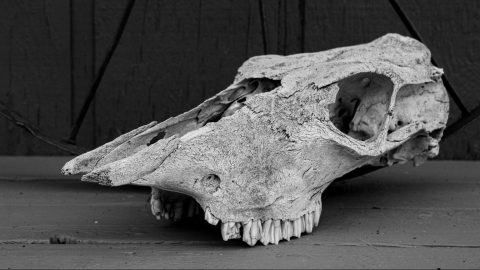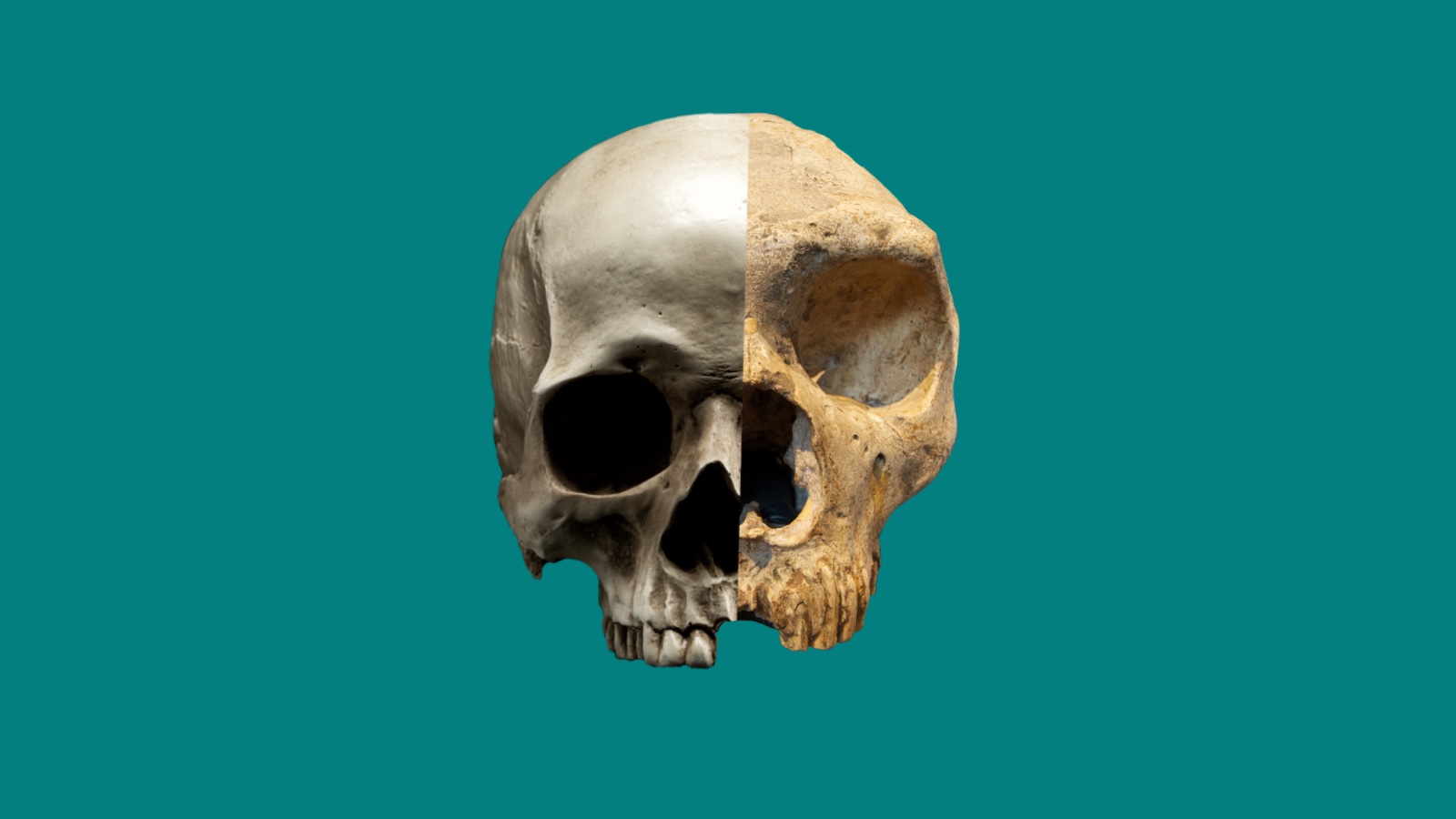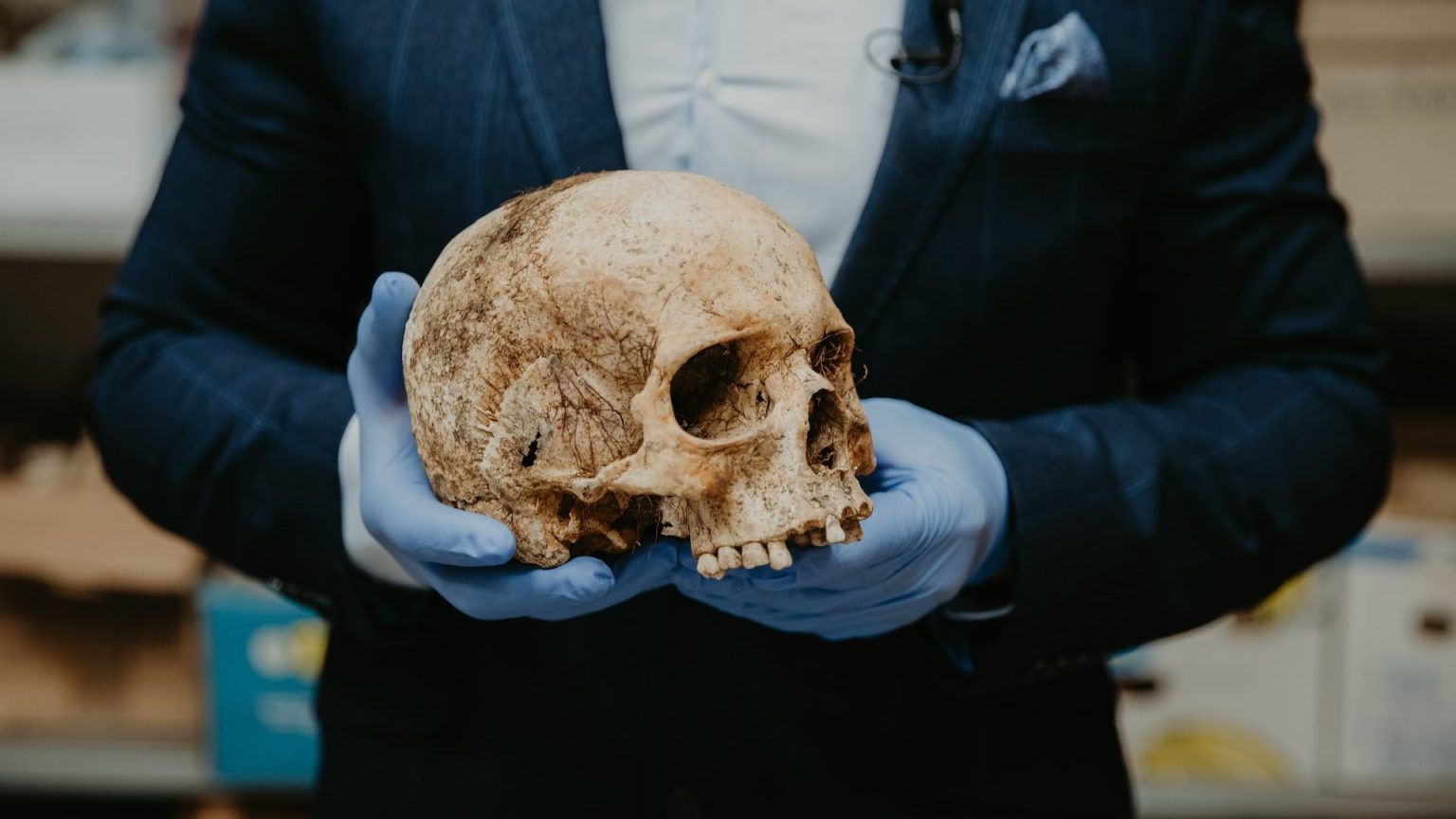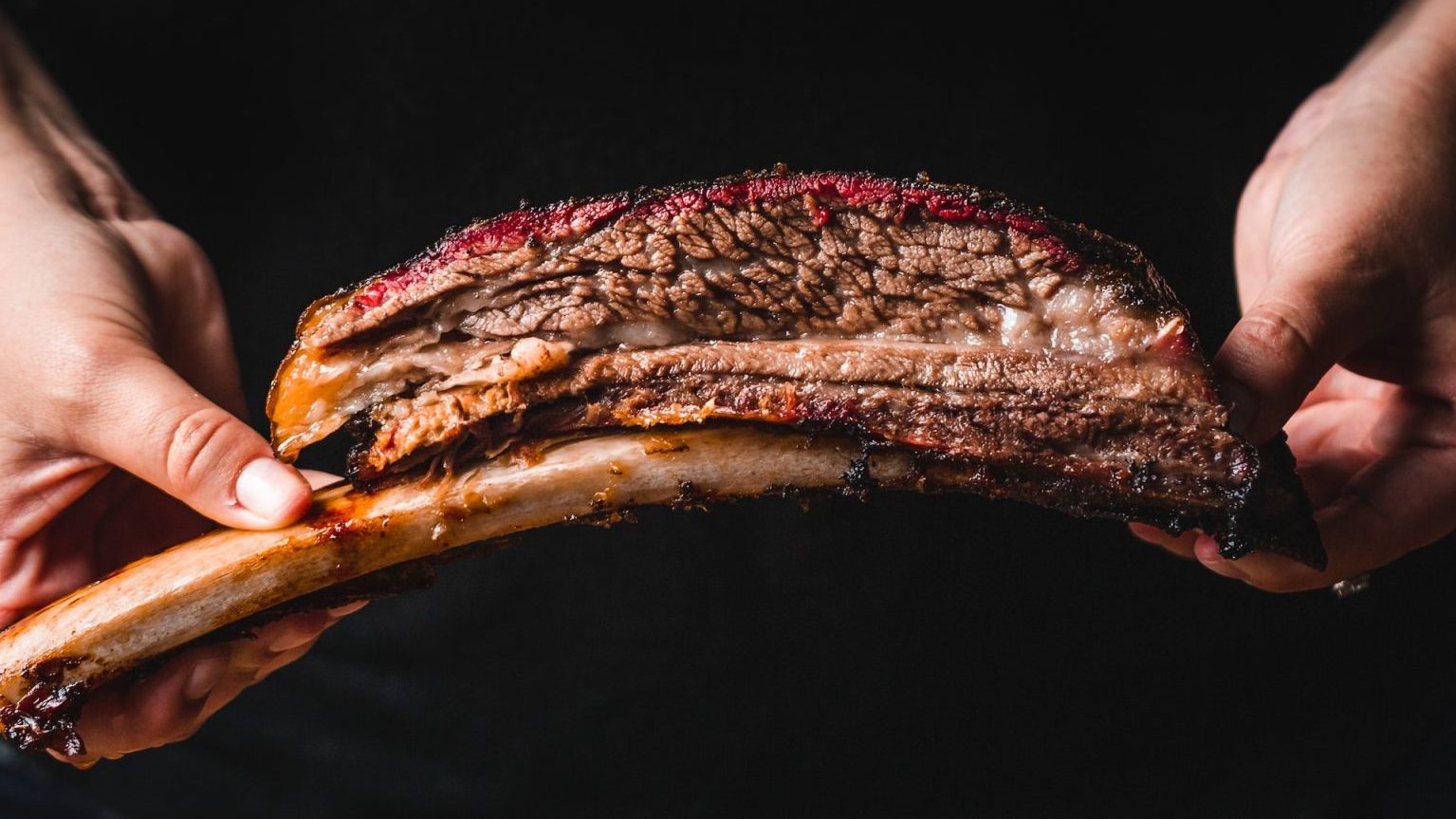Some humans collect stamps. Neanderthals collected large animal skulls

Sixty thousand years ago, give or take a few millennia, bands of Neanderthals thrived in a valley in central Spain, doing everything they needed to survive generation after generation. But about 45 miles north of what is now the city of Madrid, researchers have discovered a site that makes a strong case for a totally unheard-of Neanderthal behavior.
“They were doing strange things, very strange things,” says paleoanthropologist Juan Luis Arsuaga, one of the lead investigators of the site and a professor at the Complutense University of Madrid.
Here’s what scientists know about what went on in the valley. Groups of about 25 Neanderthals periodically settled on the slope of a small hill that faced west, where they would have been warmed by the afternoon sunlight. At that campsite, archeological evidence shows they ate, butchered animals, made tools, sat around campfires, and prepared skins—all behaviors researchers have documented at other sites.
But investigators were perplexed when they started excavating a nearby cave perched on the top of the Calvero de la Higuera hill. They called it the Des-Cubierta cave, which has the double meaning of “discovered” and “uncovered” in Spanish; the cave’s roof has collapsed, leaving the site open to the sky.
“We started by finding a bison skull — not a full skull, just the frontal bone with horns that had been placed upward and protected with stone blocks. We had no explanation. We kept excavating and found more of the same. Nothing else. No bones related to food, no jaw bones or skulls from smaller animals like horses. We found more horns from bison and aurochs — massive animals that easily weighed more than 2,000 pounds,” explains Arsuaga.
The researchers began to notice a pattern and soon found themselves in a nearby bar betting that they’d find deer antlers too. Not only did they eventually uncover five male deer skulls, all bearing their large unshed antlers, but they also excavated the horns of two dangerous steppe rhinos.
The team of Spanish researchers eventually became convinced that they had discovered something modern humans had never before seen—a flashy Neanderthal horn collection.
In total, the team uncovered the remains of the frontal skulls of 35 large game animals. While some had crumbled, they all would have had impressive horns or antlers. Some seem to have been placed on the ashes of fires. (Parallel studies are ongoing regarding the placement.)
Hunting megafauna with Neanderthal weapons was no simple task, but just one kill could have provided the group with meat for as much as a season. Likely, Neanderthals would have been happy and perhaps even celebratory after a kill, said Arsuaga.
But dragging the carcasses—skull, horns, and all—miles back to the campsite wouldn’t have been easy. Studies involving modern hunter-gatherer groups show heads of large animals are often discarded because they are heavy and less nutritious. And processing the skulls so only horns and the frontal bones remained and hoarding them in a cave that appears to have been reserved for impressive crania only would have required dedication.
“What comes next is even controversial in my own head. I think this is a great exercise in popular science—provide the evidence, and then anyone’s guess is as good as ours,” says Arsuaga.
In the article about the findings, published in Nature Human Behaviorthis year, Arsuaga and 33 co-authors venture that skull collection represents a symbolic practice. The leading hypothesis is that the skulls were some kind of hunting trophies. Still, the authors say there are other plausible theories such as that skulls could have been related to ritual and fire, that they were an expression of the relationship between Neanderthals and the natural world, or that they formed part of a kind of initiatory rite.
But despite a growing body of evidence suggesting Neanderthals were involved in much more than basic survival and reproduction—practicing cave art, decorating themselves with feathers and burying their dead, for example—many experts in the field are still hesitant to say that they’ve found a “smoking gun” to prove it, at this or any other site.
“Symbolic behavior is a real quagmire for archeologists. Even if you’re talking biblical archaeology, it’s difficult to find conclusive proof. If we didn’t have records for what a Christian cross was, someone could argue that it was some kind of utilitarian tool,” says Illinois State University paleoanthropologist Fred Smith, who was not involved in this study. “The archeology at this site is sound, and the explanation is perfectly reasonable, but we just can’t say for sure.”
Zooarchaeologist Rosa Huguet of the Catalan Institute of Human Paleoecology and Social Evolution, who worked on the Des-Cubierta cave, says the evidence is clear that the site wasn’t related to subsistence activities. “But when you think about behavior, you can make mistakes in both directions: over-interpreting past behavior from our modern point of view and assuming that homo sapiens are the only species capable of symbolic behavior.”
“Symbolic behavior is a real quagmire for archeologists.”
Huguet hopes the publication will inspire other Neanderthal researchers to look at their data or for similar sites to see if horn collections were more widespread. But even a pattern may not satisfy the most demanding Neanderthal experts. Maybe, as archeologist Rebecca Wragg Sykes of the University of Liverpool, suggested, this cave could have been a “head-smashing” butchering site for particular animals, as was observed in the corner of a Barcelona Neanderthal shelter.
Especially since 2010, when genetic studies revealed that Neanderthals and homo sapiens regularly interbred, the academic community has become much more open to evidence suggesting Neanderthals were engaged in abstract, impractical behaviors.
“There’s no reason to postulate that there was a significant difference in cognition and capabilities between Neanderthals or human populations in Africa at the time. The burden to prove otherwise falls on those who argue for superiority,” said Portuguese paleoanthropologist João Zilhão, who is a professor at the University of Lisbon.
Almost 25 years ago, Zilhão presented skeletal evidence showing that humans and Neanderthals interbred. But he faced fierce resistance from Neanderthal researchers until genetic analyses proved him right. He was also involved in a 2018 study published in Science that revealed Neanderthals to be the authors of the world’s first-known art in three Spanish caves, although some Neanderthal experts still question those findings too.
“Old ideas die hard,” he says. “But science is cumulative, and innovations and differences in opinion are how it develops and grows.”
This article originally appeared on Atlas Obscura, the definitive guide to the world’s hidden wonder. Sign up for Atlas Obscura’s newsletter.





